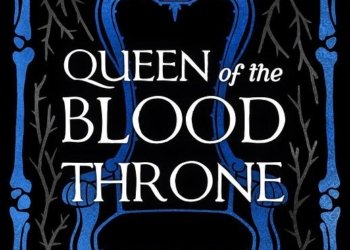No products in the cart.
For Love and Glory by Cindy Bonner
Lange DeLony, a young man who enjoys flying, is the focus of Cindy Bonner’s For Love and Glory. He avoids his issues while vainly looking for meaning and happiness. After experiencing a sad loss, Lange becomes even more motivated to flee his difficult environment and joins the Royal Air Force in WWII to fight in a war that isn’t even his. He meets ferry pilot Mackie MacLeod along the way and learns more about himself and how to really locate what is missing in his life from him.
The characters leap off the pages because they are so vividly drawn. The readers can clearly notice a significant transformation in Lange as they see him capitalise on his abilities and combat his flaws. The fact that so many diverse persons involved in the same battle have such a wide range of views, aspirations, and motivations is interesting to note. Because of this, reading becomes incredibly interesting as the reader follows each plot line and observes how each character takes decisions and then deals with the results.
The writing style and language are as diverse as the cast of individuals. Sometimes the language is clever, like in the sentence “Excuse her. Action scenes are written with quick, short words that generate that strong, adrenaline-filled feeling: “His knees trembled. She’s not used to being courteous.” On other instances, they are thought-provoking: “It is not essential to be a hearing person to realise when fury has won. His ears pounded with heart. Bonner’s constant language and style changes keep the readers locked in and make the storytelling more impactful.
Identity and purpose-related concepts are examined in For Love and Glory. The characters’ struggles to find themselves in the face of chaos and war should be relatable to readers. In this sense, the story transcends beyond being historical fiction set in the 1940s and focuses on the universal reality that all people, regardless of age or historical context, need to feel welcomed, loved, and inspired by their surroundings in order to survive.
The story contains a lot of details and facts, which could occasionally confuse certain readers. But Bonner does a fantastic job of upholding the period authenticity, which is what gives the story its sense of realism. Readers who enjoy Historical Fiction or stories about love, war and purpose, should definitely read this book.
About The Book
For Love and Glory opens in 1940 as Lange DeLony, a civilian pilot in Texas, is down on his luck—no car, no money saved, and his ex-wife has just been killed in an automobile accident. With his self-esteem at low tide, he learns Britain is recruiting American pilots to fly for the Royal Air Force.
Knowing he needs a fresh start, he joins the RAF and is posted to a fighter squadron east of London. On the train headed there, he meets a Canadian ferry pilot. Mackie MacLeod seems self-assured, but she’s lonely. What begins as a hasty wartime romance turns into an intense love affair.
Once the United States enters the fighting, the danger intensifies. Each fighter mission becomes more treacherous. The war seems endless and unbearable, when late in 1943, Mackie’s worst fear happens: Lange is shot down over enemy territory.
He lucks into help from a Belgian escape line and spends months evading the enemy. When the escape line is broken by the German Gestapo in Paris, Lange’s luck runs out. For the remainder of the war, his single, all-consuming desire is to survive and get back to Mackie.
The Review
For Love and Glory
9 Score
This book has a lot more war action than I expected. Many realistic flying battles and authentic war scenes. Told from alternating points-of-view, all the various storylines come together in the end. An enjoyable, satisfying novel. As much for male readers as female. The book captured me from the beginning. The characters were authentic and presented so well that I thoroughly enjoyed every chapter. I eagerly look forward to the next amazing read from Cindy Bonner.










